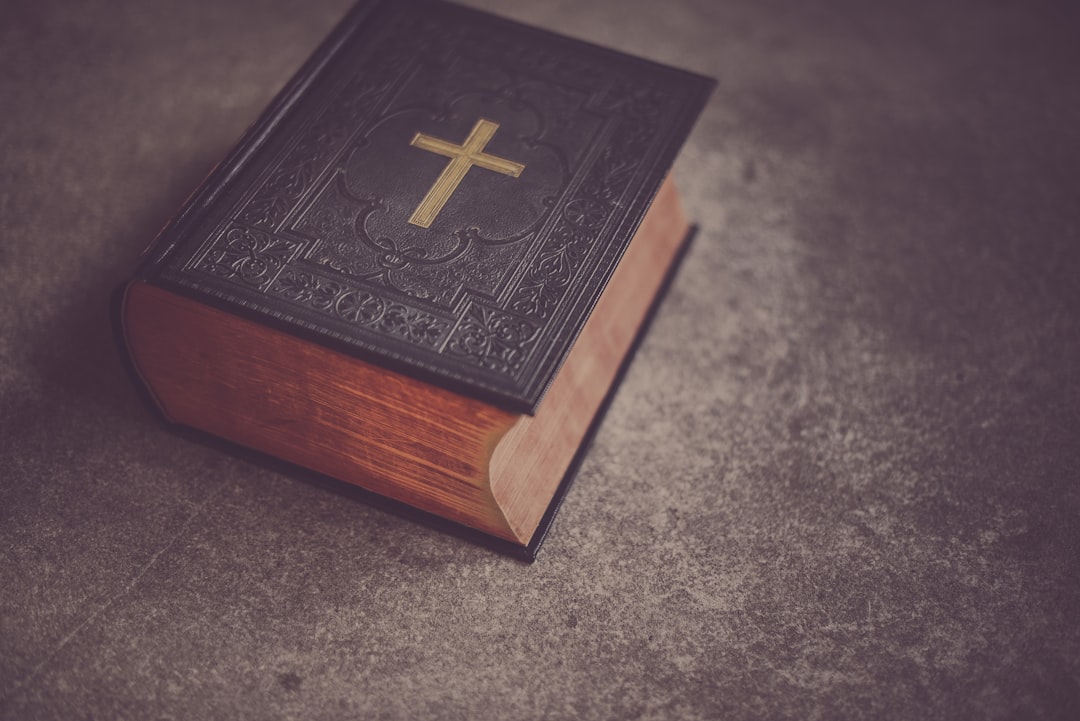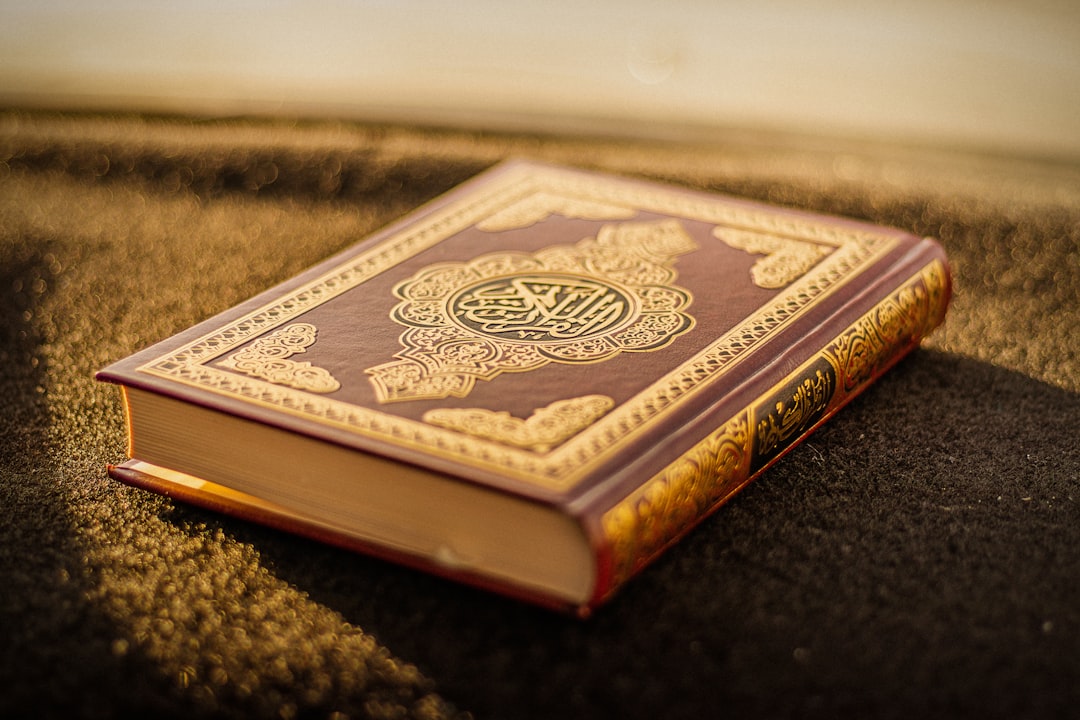What is it about?
The paper investigates the orthodox understanding of mission as “liturgy after theLiturgy” and its consequences for human life. The Eucharistic Liturgy understood as an experience of God where the community of saints reveal the absolute model of unity must be replicated in the human society as another type of liturgy, a liturgy of solidarity. The research will present how starting from the Eucharistic community we can reach the community in solidarity
Featured Image

Photo by Josh Applegate on Unsplash
Why is it important?
Based on the typology “liturgy after the Liturgy,” deep solidarity comes from the eucharist. It is a solidarity that includes the entire creation, which, together with the human beings is called to share the grace of God. It is a solidarity in the image of the communion within the holy trinity that is given to the world as a model of perfect unity in love.
Perspectives
There is an inclusion of all in the eucharistic prayer of the church although taking communion from the chalice is not possible for all. This may open the consideration of a gradual participation in the sacraments of the church.
Cristian Sonea
Read the Original
This page is a summary of: The “Liturgy after the Liturgy” and Deep Solidarity. The Orthodox Understanding of Christian Witness and its Implications for Human Society, Mission Studies, December 2020, Brill,
DOI: 10.1163/15733831-12341741.
You can read the full text:
Resources
Contributors
The following have contributed to this page










